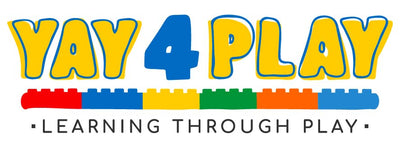One of the best ways to prepare your child for the school year is to be aware that children follow your example. You set the tone and the pace and they take their lead from you. What you do inspires the language they use, how they get along with others and the attitude they choose to adopt.
As you start thinking about the school year, here are 3 practical guidelines to set your child up for a successful start to the year. There are so many things that you can do with children at home!
1) Try out a few games or activities that they haven’t tried out previously.
Guide them to try them out on their own but obviously help if they ask for it or if they get frustrated. Encourage them and give useful hints that might take them further into the game.
This is the type of self-talk you want to be using yourself so that your child picks this up form you – and avoids a fixed mindset:
This type of thinking is a way of encouraging a growth mindset. As your child prepares to start school, this is the type of thinking that will ensure that they are always open to learn more and persist in the face of challenges.
2) Be curious around your child and ask open-ended questions such as: ‘What are you making?’ and ‘How did you solve it?’
This is a way of demonstrating to your child that there isn’t always one answer – sometimes life doesn’t throw up simple solutions either. It’s about focus and perseverance and not giving up too quickly.
It’s also a way of ensuring that your child becomes more aware of the process that they followed as they solved a problem or reached the outcome of a puzzle.
3) When your child uses the bricks or other toys to create stories, the models do not have to be life-like. Encourage your child to openly express what their story means to them and how they went about designing it.
The beauty of using the bricks or other blocks or resources for imaginative play in this way is that you are giving your child permission to express themselves in creative ways. This forms the foundation of innovative thinking so that your child feels that they are empowered to create different objects or stories where there isn’t a right or wrong answer.

